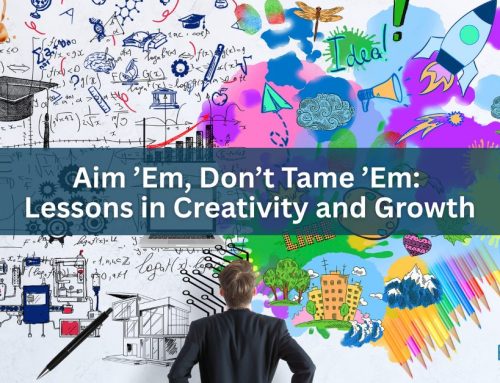“I’ll Have the Patagonian Toothfish.”
That’s not something you often hear at a high-end restaurant. But say “Chilean Sea Bass,” and suddenly you’ve got a menu staple with gourmet appeal.
This remarkable transformation—from an obscure deep-sea species to a luxury entrée—was driven by more than clever naming. It was a strategic reframing of both the product and the category it competed in.
Behind this shift lies a core principle of upstream marketing: a maniacal focus on the end customer.
Great marketing doesn’t start with a product—it starts with insight. Not into what a company wants to sell, but into what customers want to buy—and how they mentally categorize what they’re buying.
Category framing determines the rules of competition. Are you in a commodity segment? A niche? A premium space? Customers make these judgments instantly, based on cues like language, context, and relevance.
That’s where product reframing becomes a tool not just to reposition a product—but to redefine its category.
From Liability to Asset: Three Examples of Product Reframing
- Patagonian Toothfish → Chilean Sea Bass
The fish didn’t change. But its name – and more importantly, its category – did. “Toothfish” evoked something prehistoric and unappetizing. “Chilean Sea Bass” suggested a premium white fish, worthy of a fine dining experience. The shift repositioned the product from unknown oddity to luxurious staple.
- Prunes → Dried Plums
“Prunes” were loaded with baggage—linked to aging and digestive remedies. Reframed as “dried plums,” the same fruit now fits seamlessly into the health and wellness category, appealing to a younger, lifestyle-oriented demographic.
- MUD (Municipal Utility District) → Premium Infrastructure
Nobody likes extra fees. But when MUDs are described in terms of their benefits—parks, roads, and long-term community value—they become a premium feature, not a financial burden. It reframes MUDs from a hidden tax to part of a superior living category.
In each case, the product stayed the same. But the perception – and the mental category – shifted. That shift unlocked new value.
Reframing Isn’t Spin – It’s Strategic Category Design
To redefine isn’t about hiding the truth. It’s about clarifying value in a way that aligns with how customers want to see the world.
In many cases, the problem isn’t the product – it’s the category it’s trapped in.
Upstream marketers don’t just reposition products. They reimagine the space the product competes in. That requires understanding:
- How your customer thinks
- Where they place value
- And what frame of reference unlocks purchase intent
They ask:
- What mental category are we currently in?
- What category would better highlight the product’s strengths?
- How can we move there—credibly, simply, and powerfully?
Because sometimes, all it takes is moving from “Patagonian Toothfish” to “Chilean Sea Bass.”
Redefine Your Category and Brand with Help from EquiBrand
At EquiBrand Consulting, we help companies grow from the outside in – by focusing relentlessly on the end customer. Whether you’re reframing a product or working to redefine your category, our upstream marketing tools can help.
Explore these free resources:
- Maniacally Focus on the End Customer – A Guide to Upstream Marketing – Learn how deep customer understanding fuels smarter decisions, stronger brands, and greater long-term value. Download the free guide here.
- Chapter 2 of our book, Upstream Marketing – See how product reframing drives market relevance and brand appeal through real-world examples. Access your free chapter here.
Access these resources today and begin applying upstream marketing principles that deliver real results.




















Follow EquiBrand